Clematis vines never survive the winter!?!?
JMack52
11 years ago
Related Stories
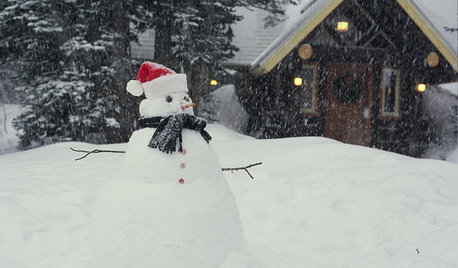
LIFEShare Your Winter Storm Jonas Photos and Survival Tips!
Let’s see your pictures and hear your ideas on how you’re keeping your house warm and staving off cabin fever
Full Story
PLANTING IDEASGreat Garden Combo: Rose + Clematis for Small-Space Impact
We all need somebody to lean on. And when a rose supports a climbing vine, the results can totally transform a small garden
Full Story
LANDSCAPE DESIGNSee 5 Unexpected Ways to Use Vines
Vines can grow over slopes, trail off pergolas and add seasonal color to the garden
Full Story
EXTERIORSCare and Training for a Vine-Covered Home
Love the look but don’t want the ruin? Learn how to have vine-draped walls without all the cracks and crumbling
Full Story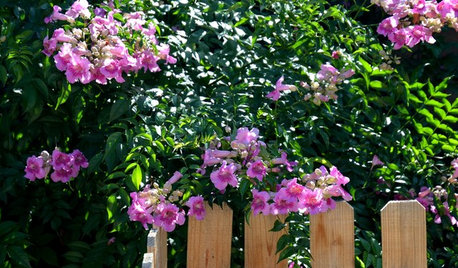
PINK FLOWERSGreat Design Plant: Pink Trumpet Vine Heralds Vibrant Color
Announce your landscape beautification efforts with this flowering vine that perks up hot, dry gardens
Full Story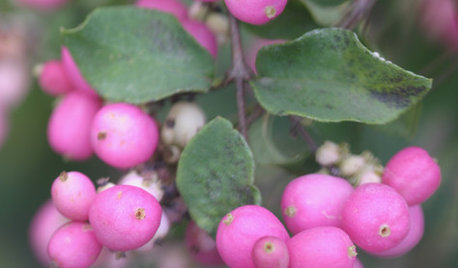
LANDSCAPE DESIGN5 Berry-licious Shrubs to Plant Now for Winter Interest
Showy color during snow season? You bet. These shrubs will wake up a garden with colorful berries when other plants are asleep
Full Story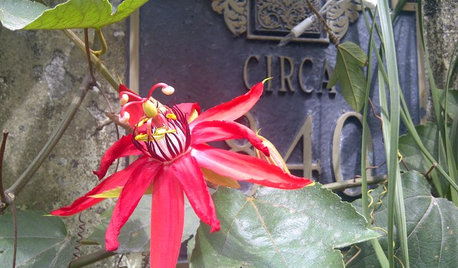
FLOWERS5 Sensational Flowering Vines for Warm Climates
Splash your garden with bright tropical color from late summer through fall with these showy trailing and climbing beauties
Full Story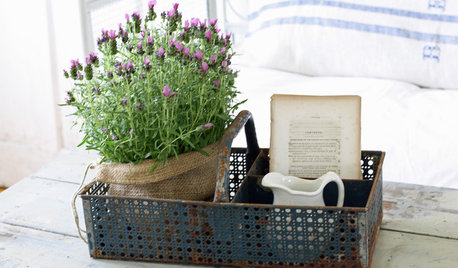
HOUSEPLANTSOutsmart Winter — Make Houseplants of Your Garden Growers
No need to watch Jack Frost play Wreck the Rosemary. Bring your garden inside for the winter, using containers and these guidelines
Full Story
GARDENING FOR BIRDSFeed the Birds: 6 Plants for Abundant Winter Berries
Be kind to your fair feathered friends during lean food times by planting a shrub or tree loaded with nutritious snacks
Full Story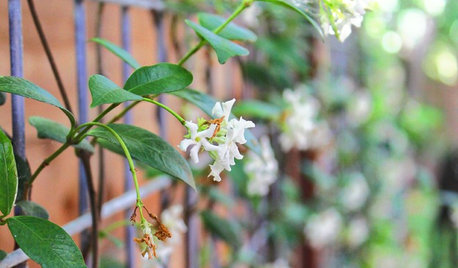
GARDENING GUIDESGreat Design Plant: Fragrant Trachelospermum Jasminoides
This graceful vine’s scented white flowers attract admirers near and far
Full Story





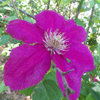
buyorsell888
NHBabs z4b-5a NH
Related Professionals
Roosevelt Landscape Architects & Landscape Designers · Signal Hill Landscape Architects & Landscape Designers · Finneytown Landscape Architects & Landscape Designers · Mooresville Landscape Contractors · Peabody Landscape Contractors · Centereach Landscape Contractors · Davis Landscape Contractors · Farmington Landscape Contractors · Harrisburg Landscape Contractors · Metairie Landscape Contractors · Parkland Landscape Contractors · Saint George Landscape Contractors · Wareham Landscape Contractors · West Chester Landscape Contractors · Winter Gardens Landscape ContractorsFrozeBudd_z3/4
gardengal48 (PNW Z8/9)
donna_in_sask
buyorsell888
buyorsell888